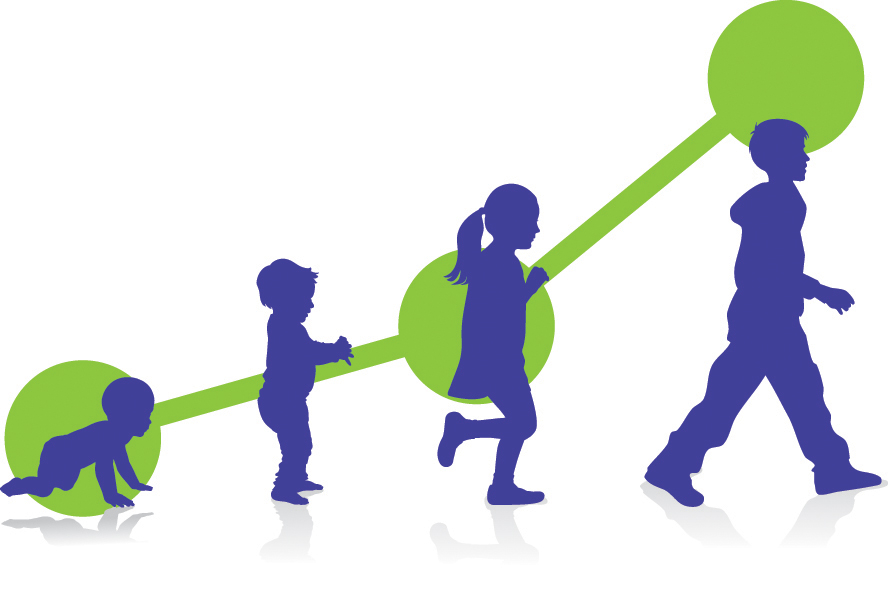Growth in children with disabilities
It is estimated that 14-16% of children have special health care needs. About half of the children with special health care needs are at risk for nutrition and feeding problems, and hence are at risks for growth problems
Additionally, the underlying problems may be associated with over/under growth and these can have impacts on the medical management or intervention needed.
A variety of health conditions affect growth status and there are specialized charts that may be considered for use with children affected by these conditions. These specialized growth charts provide useful growth references, but may have some limitations. Generally, they are developed from relatively small homogenous sample population and the data used to develop the charts may be obtained by inconsistent measuring techniques.
Growth is influenced by many factors
- Genetic influences : genetic disorders/ chromosomal disorders
- Environmental influences : nutrition intake/ social economic status
- Biological influences : Disease/ medication/ impaired motor skills
- Neurological disorders that impair ambulation
- Examples: cerebral palsy, spina bifida
- Low birth weight
- This could be due to pre-term birth and also be due to intrauterine growth retardation (IUGR)
- Feeding problems
- Children with neurological problems mentioned above, problems with gastro esophageal reflux, tactile sensitivity or sensory defensiveness due to other medical conditions.
- Trisomy 21 (Down syndrome)
- Prader- Willi syndrome
- Williams syndrome
- Cornelia deLange syndrome
- Turner syndrome
- Rubinstein-Taybi syndrome
- Marfan syndrome
- Achondroplasia
- The sample size used to develop these charts are small
- The data does not reflect racial, ethnic or geographic diversity
- Old data have been used to construct some charts
- The populations used for the collection of the sample data are not clearly defined, example: well-nourished children, low social economic group etc. are not taken into account.
- The techniques used for measuring the children are not clearly defined, and or, there are restrictions in the measurement of children with certain afflictions.
- Secondary medical conditions may be present, which can also affect the growth and these are not taken into consideration.
Conditions that alter growth
Chromosomal disorders
Some conditions, which involve abnormalities at the chromosomal level, are associated with growth patterns that differ. It is assumed that these differing growth patterns are due to the altered growth potential stemming from the underlying chromosomal abnormality.Examples of conditions related to chromosomal aberrations include Prader-Willi syndrome, Cornelia de Lange syndrome, Turner syndrome, and trisomy 21 (Down syndrome)
Genetic disorders
For children with genetic disorders, such as metabolic disorder, there is a potential for altered growth because the affected metabolic pathways are involved in producing energy or building body tissue.Examples of conditions related to genetic disorders are endocrine diseases (growth hormone deficiency, hypothyroidism), bone disorders (achondroplasia, skeletal dysplasia)
Conditions that have the potential to alter growth
These are conditions which have the potential to alter growth, and can be biological or environmental factors that can influence the growth of a child. For these conditions, there is no clear rationale for the development of reference data for growth because there is identifiable alteration.Three conditions that have the potential to alter growth

